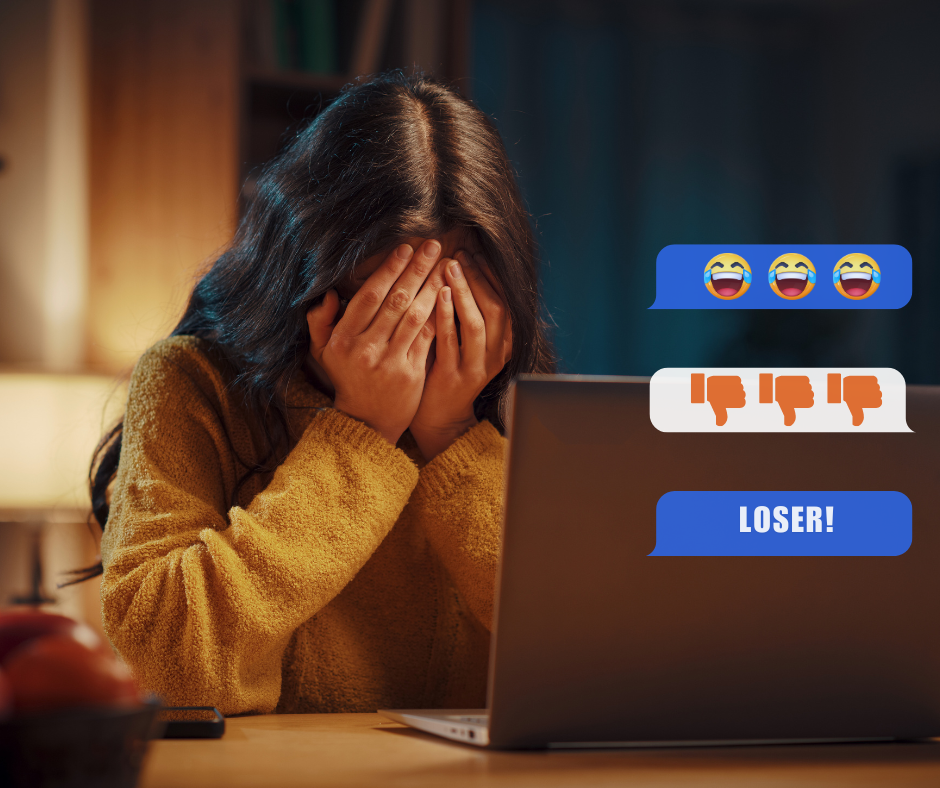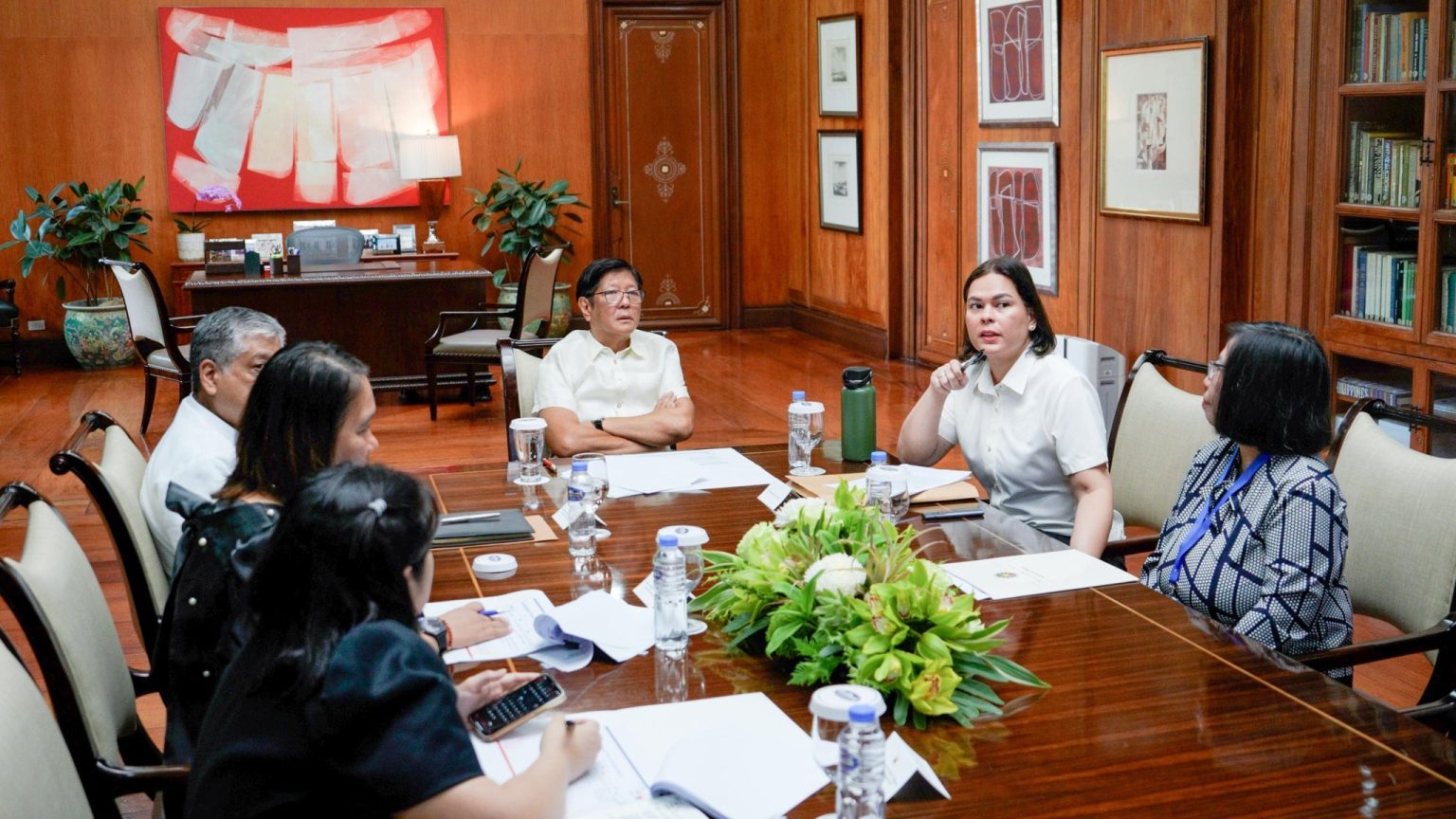
One in six school-aged children face cyberbullying, as revealed by a new study conducted by the World Health Organization-Europe (WHO/Europe), highlighting the escalating digital threats that may result in profound impact across adolescents worldwide.
The WHO/Europe shared recent findings from the Health Behavior in School-aged Children (HBSC) study, revealing bullying trends among adolescents in 44 countries. While traditional school bullying rates remain “stable,” cyberbullying has shown a significant rise due to increased digital interactions, posing serious risks to young people, it said.
The findings indicate that bullying is a significant issue, both in schools and online, WHO/Europe said. On average, 6% of adolescents engage in school bullying, with boys more frequently involved (8%) than girls (5%).
Approximately 11% of adolescents have experienced being bullied at school, with no significant difference between genders.
About 12% of adolescents admit to cyberbullying others, with boys more likely to do so (14%) than girls (9%).
Additionally, 15% of adolescents, or about one in six, have encountered cyberbullying, with similar rates among boys and girls, marking an increase from 2018.
Physical fighting has become a major concern, with 1 in 10 adolescents having been involved in physical fights – with boys exhibiting higher tendency towards aggression and engagement in physical fights. This, the WHO said, suggests the need for interventions focused on emotional regulation.
On the other hand, the rise in cyberbullying among girls highlights the need for gender-sensitive solutions to promote digital safety and empathy.
Beyond the confines of schools
The rise in cyberbullying poses new challenges for adolescents, “extending beyond the school gates into the perceived safety of their homes and personal lives.” Data from 2018 to 2022 shows a significant increase in incidents, emphasizing the need for better digital literacy and safety.
Dr. Joanna Inchley, HBSC study coordinator, calls for comprehensive strategies to protect adolescents in the digital age. Dr. Hans Henri P. Kluge, WHO Europe director, highlights the importance of addressing both online and offline bullying and violence.
The Philippines is among the countries where students feel unsafe in their own schools, a report from the Second Congressional Commission on Education (EDCOM 2) says. In January this year alone, the Department of Education reported 178 cases of bullying among students. Of which, 27 were classified as cyberbullying incidents.
A 2019 UNICEF report states that nearly half of Filipino children aged 13-17 have experienced cyberbullying.
WHO/Europe urges collaboration among governments, schools, and families to address online risks and create safe environments for adolescents. The study’s findings offer a roadmap for evidence-based interventions to combat bullying.


